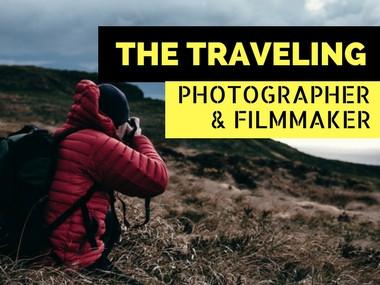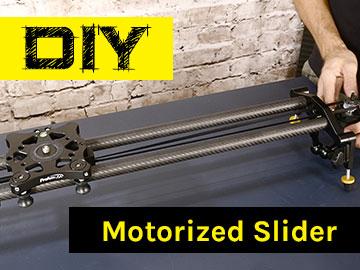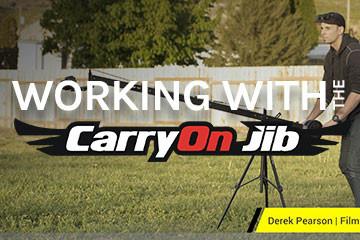Traveling with the purpose of filming and documenting new locales is to see the world like you’ve never seen it before– through your camera. The journey will be difficult, it will be long and it may break you (your equipment that is.) Even with the best-planned itinerary, the entire trip is full of unpredictable elements; changing weather, flight delays, rental car issues, etc. So you need to consider factors like your health, the possible weather events in your destination, your route options, your crew's needs and of course the equipment you will be using for your shoot.
"Preparedness is the key."
Health Check
Are you physically fit to travel and trek your way through rough terrains? We may often have a destination in mind that we've seen online, yet have little idea of what's involved in actually getting there. Is it on a less-traveled island that requires better than average balance to safely conquer an old dock? Is it a few minutes walk from a road that could mean a hike past a tree harboring a hornet's nest?
Check TripAdvisor.com for personal accounts of your chosen locations. Often there are gems of information from strangers' stories that can make a trip much, much easier.
It’s important for photographers and filmmakers to be prepared physically, emotionally and mentally for their shoot so they would achieve their goals of shooting in a particular location. See if you’re fit for travel by getting a medical checkup days before your shoot to make sure your body is doing well and always pack snacks, water and prescribed medicines good for the entire shoot dates. It’s also a good idea to check the status of your equipment as well by doing some adjustments and cleaning.
Schedule, Strategy and Solution
While some landscape shots may not always be done on top of a mountain or hill, they’re bound to be performed outdoors where it’s not always easy to get that perfect shot since you’re playing with natural lighting and other external forces that could greatly affect the quality of your shoot.
Check out these helpful apps for sunrise and sunset times:
Daylight World Map for Android
Day and Night World Map for iOS
But, if you have a strategy and you’re on schedule, it’ll be easy for you to find a solution at challenging times. Make sure to plot out what you will be doing before, during and after production. Always have a back-up; backup lighting, (reflectors perhaps) batteries, wires, velcro straps or even an assistant.
Consider a travel app like Rome2Rio to get around using local methods.
Shoot buddy
Two heads are better than one, so we recommend bringing a buddy for assisting in setup and directions to your shoot location. A shoot buddy will keep you more motivated and less tired when it comes to traveling and shooting for long hours. And in the unlikely* event that you are stalked by a jaguar in the jungles of Costa Rica, a buddy can be a valuable second set of eyes when you get lost in the viewfinder. *We should note that it's incredibly unlikely for jaguars to attack humans. It's still a good idea if you are in another country or an area unfamiliar to you, to bring along a second person for safety's sake.
Heavy Duty and Lightweight Shooting Equipment?
Perhaps equipment like boom mics and full-size camera jibs can be left in your studio, but it's hard to image lasting too long without a tripod. Whether doing landscape time lapses or long exposures of the stars, a solid set of sticks is a must. In addition to helping you maximize sharpness in your images, especially when using slow shutter speed, a tripod can double as an impromptu stabilizer when you need to handheld film on the fly.
We highly recommend the ProAm USA Professional Tandem Leg Tripod to get these results. Unlike other "travel" tripods that can cost over $500, the tandem tripod is super affordable and so lightweight it allows you to conveniently carry it for long hours of travel on foot. It weighs only 3 kgs but it can support up to 40 lbs of DSLR or long-bodied cameras. It’s unique feature includes a 75mm bowl with a ready bowl mount adapter so you can mount bowl tripod heads or attach a camera jib. It’s heavy duty tandem legs can also withstand tough and rocky ground, and are individually adjustable so you can adapt it for your needs.
And any post about travel filmmaking wouldn't be complete without mentioning the CarryOn Jib. This incredibly compact crane is the smallest crane of it's kind. It miraculously fits into a 22" long carry on bag; truly a traveling jib. See the shots we were able to get with the CarryOn Jib in this promo video.
Pack light for your next shoot using these tips. You can also find more photography and filmmaking tips on our blog.



